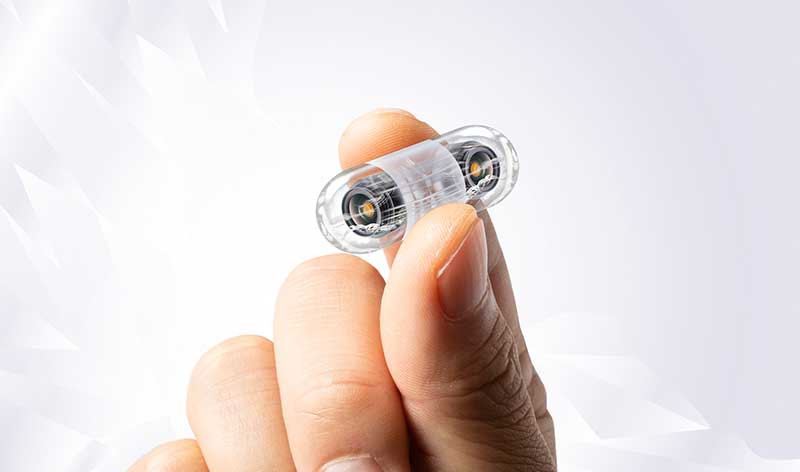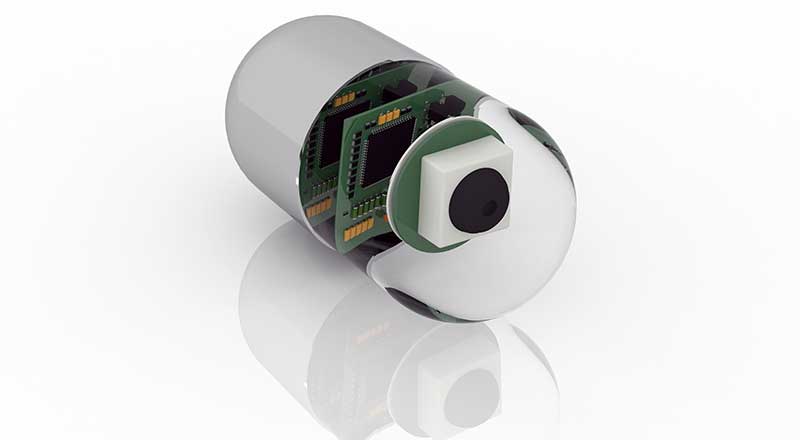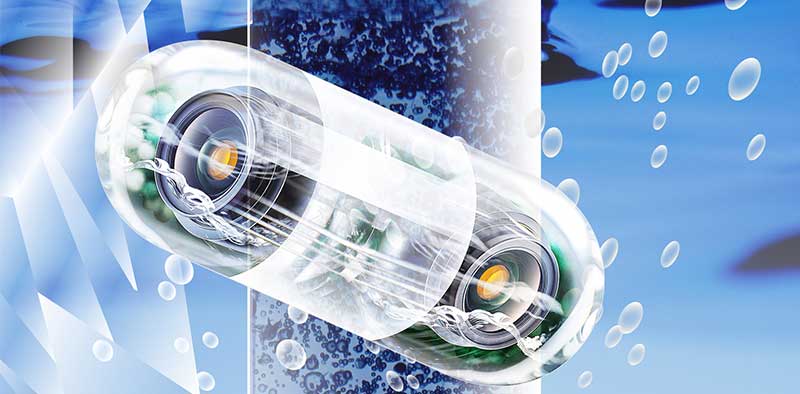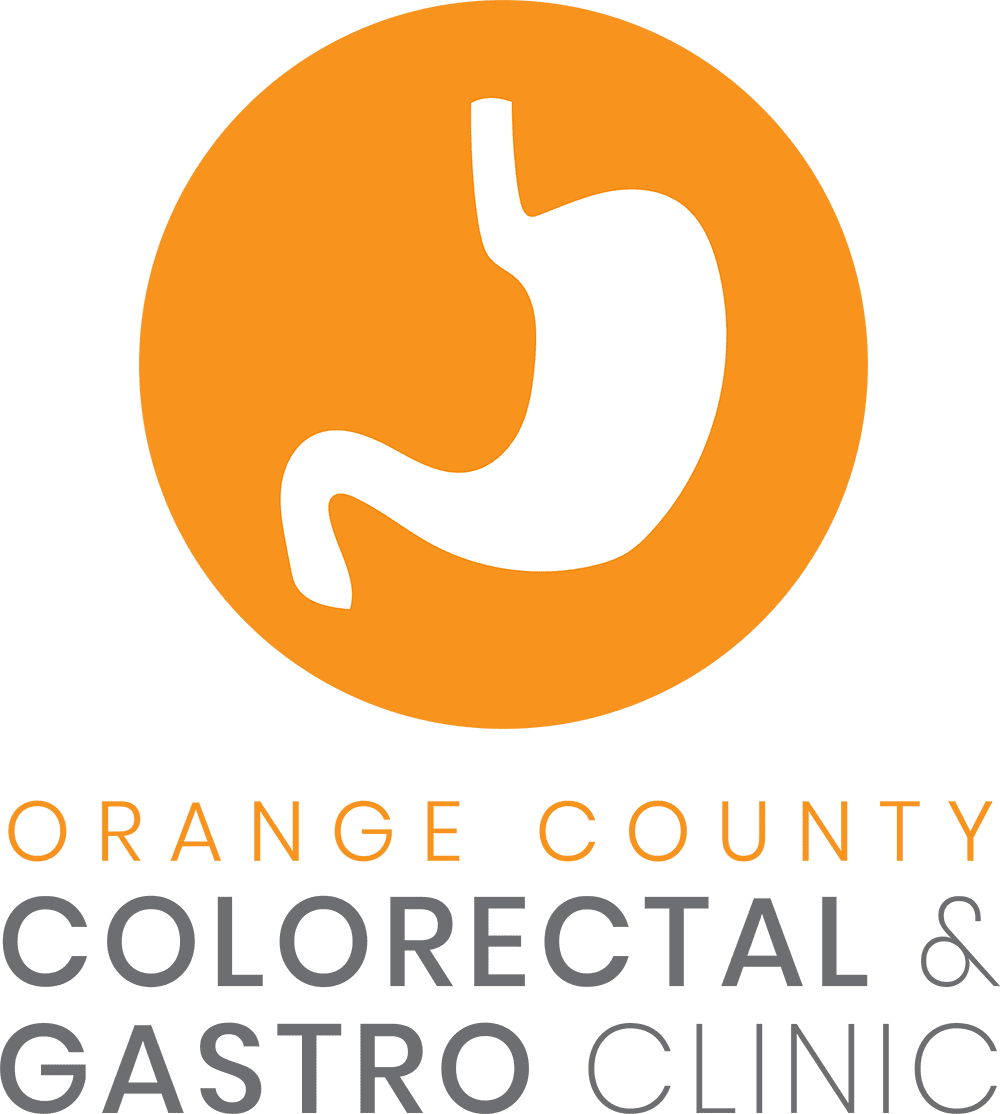
Video capsule endoscopy is an exciting new method for visualizing the interior of the digestive tract.
The patient swallows a tiny video camera, about the size of a typical vitamin pill, and as it harmlessly moves through the digestive tract it takes images and transmits them to a device the patient wears that is similar to a small fanny pack. The camera then exits the digestive tract in the stool.
The doctor carefully observes the images in order to evaluate the function and structure of the entire digestive tract.
Indications
Currently, the most common indication for capsule endoscopy is to identify the source of unexplained gastrointestinal tract bleeding. Traditional endoscopy, where a camera is inserted down the throat or into the rectum on a long tube, cannot be used to thoroughly examine the small intestine, but capsule endoscopy can. It is also used to help diagnose inflammatory diseases affected the small intestine, monitor the progression of celiac disease, and to look for tumors and polyps.


Risks
In general, capsule endoscopy is a very safe procedure. It takes several days for the camera to harmlessly transit through the entire digestive tract before exiting. However, in some very rare cases, the camera can become lodged against a tumor or stricture of the digestive tract; since it is transmitting pictures, it is quite easy to determine if it is stuck, and if so, where. The capsule can also be easily seen on an abdominal x-ray if it cannot be located based on the images it is transmitting. It can then be removed through a minimally invasive procedure.
The Procedure
The patient may be asked to take a laxative the day before swallowing the capsule in order to improve visualization of the small intestine and to stop taking certain medications. After fasting overnight, the patient simply swallows the capsule, dons the recording device, and returns to normal activity. In general, however, it is a good idea to avoid heavy lifting and extremely strenuous activities until the capsule has cleared the body. In addition, usually the doctor will ask the patient to not drink anything until two hours after swallowing the capsule, and to wait for four hours before consuming solid food. The patient cannot feel the capsule as it moves through the digestive tract. Usually the image recording is terminated after eight hours, but it may take several days before the capsule is expelled from the body. It can then be flushed down the toilet.
The Results
Since there are many hours of images on the recorder, it does take some time for the doctor to carefully review them all in order to provide an accurate evaluation of the state of the digestive tract. What happens next depends on what the indication for the test was and what is found on the images. For example, if a polyp or a bleeding source is found, a colonoscopy or even surgery may be necessary to correct the problem.


